Early spring marks the time when a white wine made in a buried qvevri is opened. This week we opened our 2015 Rkatsiteli after macerating on the skins and a few stems for six months. For a bit of a recap. We sourced the grapes from a Virginia winery in September. Fermentation was robust overflowing the qvevri opening until I started punching down every three hours.
I placed a temporary lid with an airlock over the qvevri opening from October through December. At the end of December, I replaced the temporary lid with a glass lid without an airlock. Moist clay was used between the glass lid and the opening rim of the qvevri. Eight inches of sand covered the qvevri with a marble slab covering the sand. I used the marble to cover the sand so that no one or animals would step on or dig in the sand.
For three months the wine in the qvevri rested. During that time the seeds dropped to the bottom as did some of the skins. I was not entirely sure of what I would get upon opening the qvevri. In 2015, when Kathy and I opened the qvevri, the skins were at the top. I had to rack the wine to a carboy and let it settle for a few days, which it did very quickly. It seems that the wine in the qvevri was in a vortex all winter. This year there was a bit of a difference.
Some winemakers from the country Georgia suggested that I add stems to the must. The stems would help to cause the skins to settle and we should have a relatively clear wine at the top of the qvevri. In Georgian, Rkatsiteli means red stems, we put some of the redder colored stems into the qvevri when we filled it with grapes last September.
After removing the marble cover and scooping out a wheelbarrow-size load of sand, it was time to open the qvevri and discover this year’s wine’s birth. I noticed that the sand was quite wet, the further I dug to the surface of the qvevri opening. We asked our friend Nina K., who was born in the country Georgia, to open the qvevri. It took awhile to break the seal between the glass lid and the qvevri. The clay between the glass and the qvevri was still wet. It did not harden or crack during the last few months. After lifting the lid, we observed the wine in the qvevri. We could see the stems and skins; however, unlike last year, the skins were a few inches below a relatively clear yellow colored wine.
Using a measuring cup, I scooped out some wine for a tasting. The Rkatsiteli was floral with hints of jammy yellow fruits. The mouthfeel was silky, everyone seemed to like that. The aftertaste had layers of floral and cooked jammy fruits. Actually, I was impressed with the wine and how it turned out in the qvevri. The next task was to rack the wine into a carboy. I do not have a press so I was only able to get three gallons of wine from the qvevri. We did take some of the pomace and let it drip for a night. We had enough liquid to make wine jelly.
I’ll let the wine in the carboy rest for a few days. It is already clearing with sediment falling to the bottom. My plans are to rack the wine from one carboy to another, then filter it before bottling. The ancient winemaking process of crafting wines in a qvevri is fascinating. It has been done for thousands of years and is the only winemaking process on the UNESCO list of Intangible Cultural Heritage. We brought our 24-liter qvevri from Georgia. There is a qvevri maker in the United States who went to Georgia to learn from the few masters left. Billy Ray Mangham makes qvevris in Texas. You can learn about them and the qvevri winemaking that is being done in Texas at The Qvevri Project.
Terry
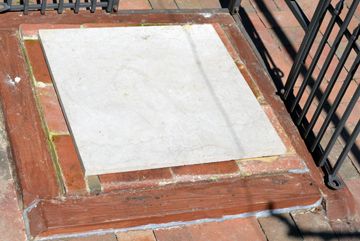
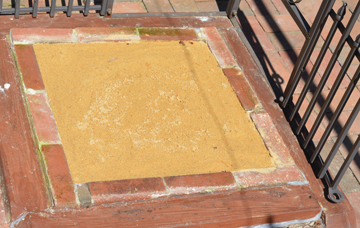
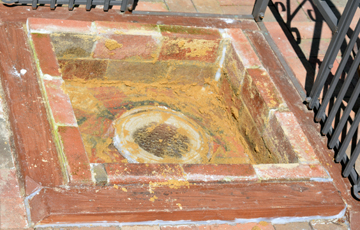

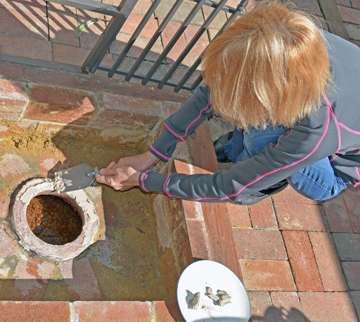
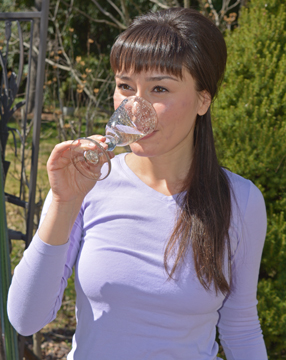



Leave a Reply